
Austenitic stainless steel SUS 347
Excellent corrosion resistance: SUS 347 steel has good corrosion resistance in high temperature environments and can resist erosion by strong corrosive media su
Excellent corrosion resistance: SUS 347 steel has good corrosion resistance in high temperature environments and can resist erosion by strong corrosive media such as chlorides and sulfuric acid. This makes it widely used in chemical, petroleum, food processing and other fields, and can effectively protect equipment from corrosion damage.
Good high temperature resistance: SUS 347 steel can maintain good strength and toughness in high temperature environments and is not prone to deformation and fracture. This makes it an ideal choice for heat treatment equipment, furnaces and high temperature pipelines.
Excellent processing performance: SUS 347 steel has good plasticity and weldability, and is easy to process into parts of various shapes and sizes. This makes it widely used in the manufacturing industry and can meet the processing needs of various complex components.
Good mechanical properties: SUS 347 steel has high strength and good ductility, and can withstand large forces and deformations. This makes it play an important role in fields such as structural engineering and mechanical manufacturing, and can ensure the safety and reliability of equipment.
In addition, SUS 347 steel also has good resistance to stress corrosion cracking due to its moderate amount of niobium or titanium elements, which is particularly important in environments containing chloride ions.
SUS 347 steel has a wide range of applications, including but not limited to petrochemicals, aerospace, chemicals, food processing, medical equipment and other fields. Its outstanding performance enables equipment to operate safely and reliably in harsh environments.
stainless steel processing
The manufacture of stainless steel involves a series of processes. First, the steel is melted, and then it is cast into solid form. After various forming steps, the steel is heat treated and then cleaned and polished to give it the desired finish. Next, it is packaged and sent to manufacturers, who weld and join the steel to produce the desired shapes.
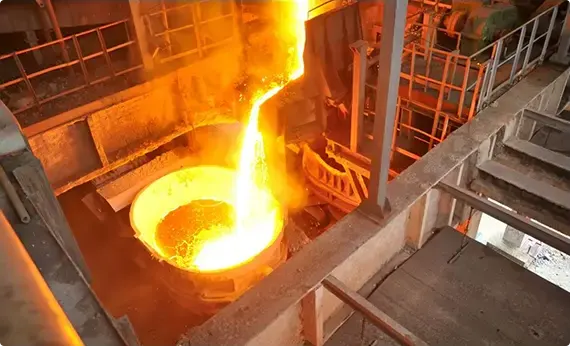
Melting and Casting
The raw materials that constitute a stainless steel item are placed together and melted in a giant electric furnace. Intense heat is applied rigorously for a period of 8 to 12 hours during this step. Once the melting is complete, the molten steel is cast into desired semi-finished forms. Some of the most common forms or shapes include slabs, blooms (rectangular shapes), billets (these could either be round or square), rods, and tube rounds.

Forming
In the second stage, the semi-finished steel shapes undergo a series of forming operations. For instance, the stainless steel is hot rolled (heated and passed through enormous rolls). The blooms and billets mentioned above are converted to bar and wire. The slabs on the other hand are formed into plates, strips or sheets. It is very common to turn semi-finished steel shapes into bars, as it is the most versatile stainless steel form (it comes in all grades and sizes). You have round, square, octagonal, and hexagonal bars, each suitable for a different type of application.
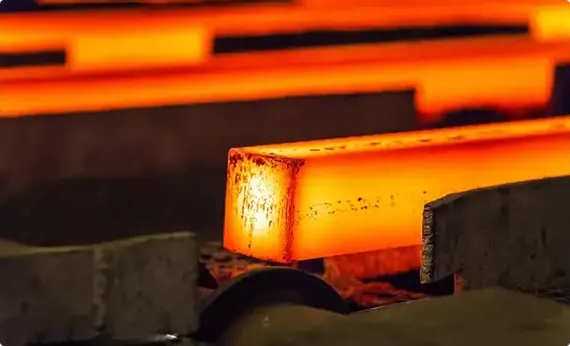
Heat Treatment
The various stainless steel forms undergo a thorough annealing process during this step. Annealing is another name for heat treatment where the stainless steel is heated and cooled in a controlled environment. The purpose of this heat treatment is to relieve the pent-up stress inside the stainless steel and soften the material to make it more suitable for a wide variety of applications. The people in charge of carrying out the annealing process have to be very careful about the conditions as even the slightest of changes in the temperature, pressure, duration, or cooling rate could result in a faulty product.
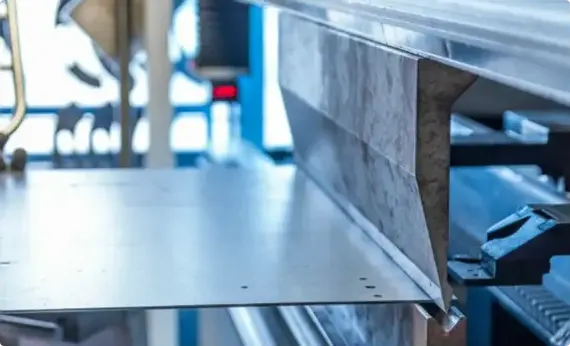
Descaling
During the annealing process, a certain amount of scale appears on the surface of the stainless steel. This scale can be removed using a number of different processes that are collectively known as descaling. Pickling is one of the more common methods of carrying out the descaling process.
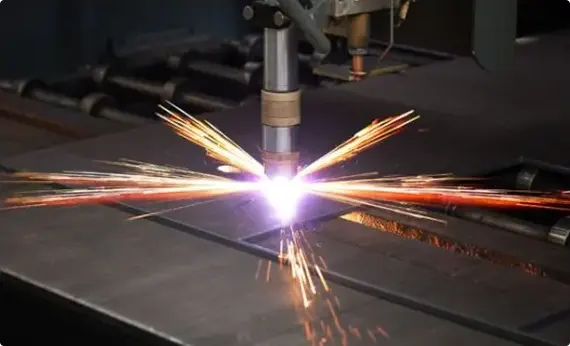
Cutting
The semi-finished, heat-treated, and descaled stainless steel forms are cut into specific shapes in this step. Mechanical cutting is performed with the aid of guillotine knives, blanking, nibbling, and high-speed blades.
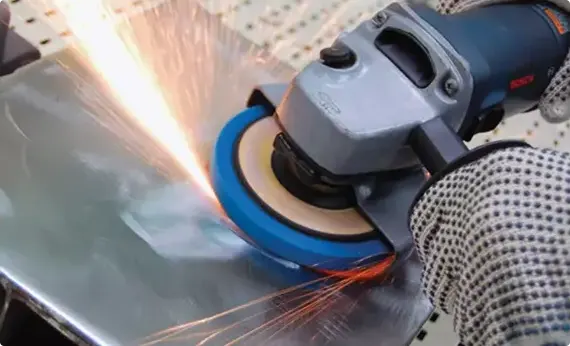
Finishing
Finishing is applied to help the stainless steel product achieve its signature aesthetically appealing appearance. Finishes are also needed to make the stainless steel product smooth and easier to clean, which is a top requirement in sanitary applications.
